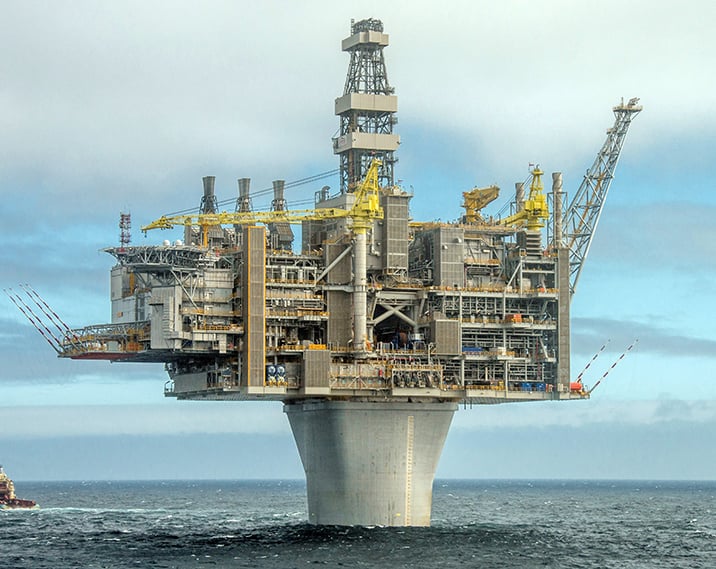Overview
As part of its five-year verification program, the gravity-based offshore platform Hebron, located in Canada, was due routine testing which included cause and effect (C&E) testing of its heating, ventilation, and air-conditioning (HVAC) system. However, given the complexities caused by COVID-19 and with suitable technology available, a remote survey was proposed instead.
To keep the verification program on track, a remote survey was successfully performed by LR to verify the C&E testing of the HVAC system on board Hebron. This enabled LR and ExxonMobil to action items on Hebron’s verification scheme, which limited delays on scheduled maintenance and inspection routines onboard the platform.
By completing the survey remotely on this occasion, LR’s surveyor did not have to physically travel offshore to Hebron to observe the testing, which saved time and associated costs related to travelling, i.e. delays caused by weather.

Case study information
Client
ExxonMobil Canada Properties
Asset
Hebron, an gravity-based offshore platform located in an oil field estimated to contain more than 700 million barrels of recoverable resources
Location
Canada
How did we help?
To prepare for the testing, LR’s surveyor reviewed Hebron’s tracking sheets to ensure that tests are not repeated in a five-year period. From this, the type of test is selected and proposed to ExxonMobil, who review maintenance schedules and other testing onboard Hebron that could potentially hinder the testing. To prevent unnecessary downtime, an evaluation is then taken of the HVAC system in-field to determine accessibility. Upon completion, test scenarios are confirmed by the surveyor against C&E diagrams of the HVAC system – specifically its smoke and gas detection intakes.
With any testing or survey, communication is vital to ensure that each stakeholder understands the objectives behind the HVAC system C&E testing: what does a surveyor need to see/verify is working, and that the right personnel are notified. For example, testing must be approved by the Hebron production supervisor, particularly if there are temporary blocks planned on logic.
Rather than having a prescriptive list of surveys that can be performed remotely, LR surveyors evaluate each potential remote survey from a risk and safety perspective to determine the appropriateness for that particular task or survey. Therefore, a trial of the first scenario was performed before the official testing to check if the surveyor could see what they needed to see as the verifying body.
LR worked closely with Canada-Newfoundland and Labrador Offshore Petroleum Board (C-NLOPB) to provide information on LR’s case-by-case approach to remote surveys, specifically around the guidance and processes when using livestreaming technologies. Members of the C-NLOPB were also invited to witness various scenarios as part of the testing, which provided a demonstration of how the technology had been applied for this specific survey.
We’re pleased that innovations we’ve implemented offshore Newfoundland are enhancing the safety and reliability of our operations.
LR and remote surveys
While advanced technology and internet connectivity allows LR to conduct some surveys remotely, this will not replace all forms of activity as there are still some tasks that need to be witnessed and performed in person, such as general visual inspections. LR continues to review its remote verification activities on a case by case basis, ensuring that safety is paramount at every stage, without negatively impacting the quality and thoroughness of the verification services performed.





